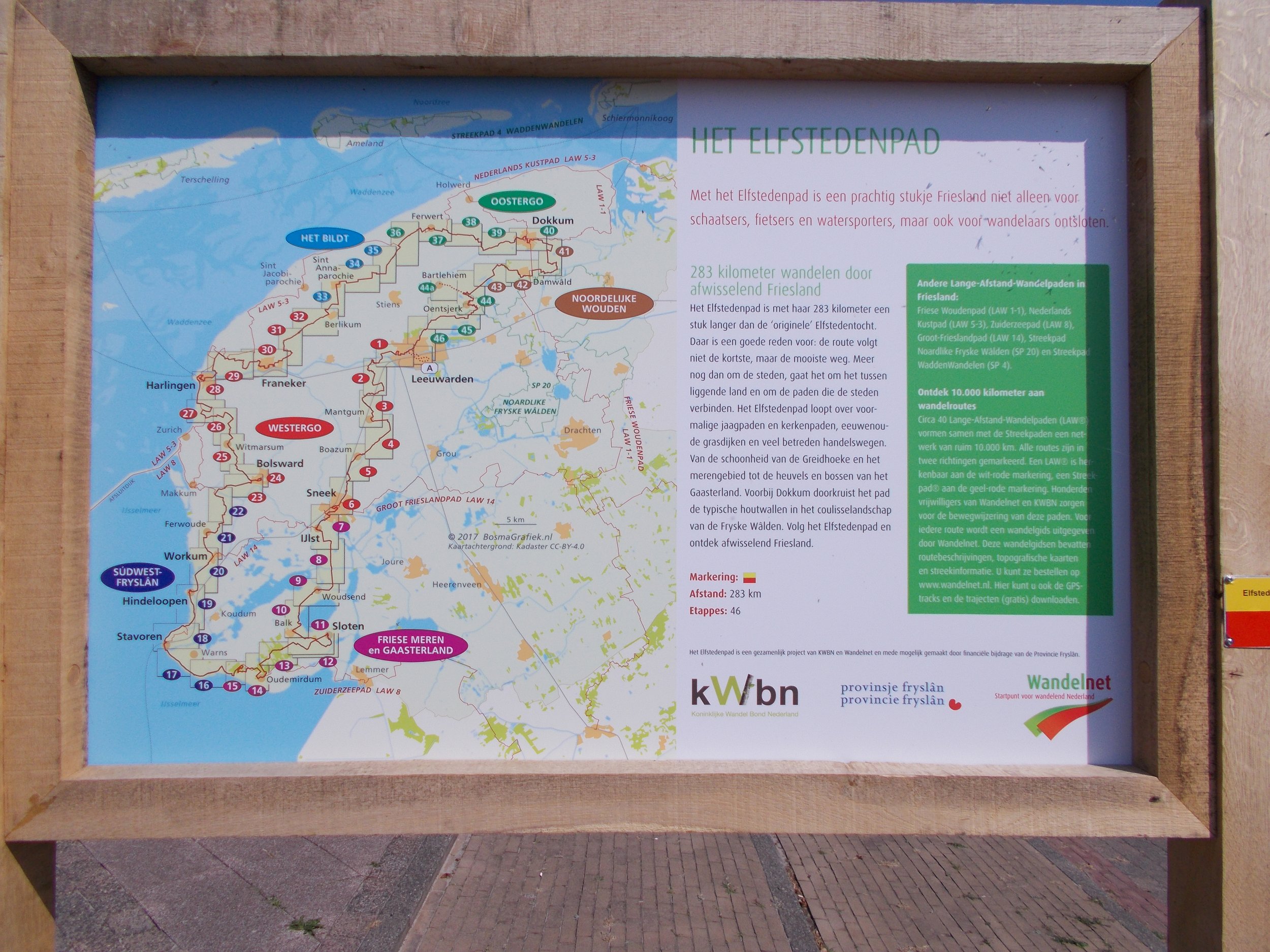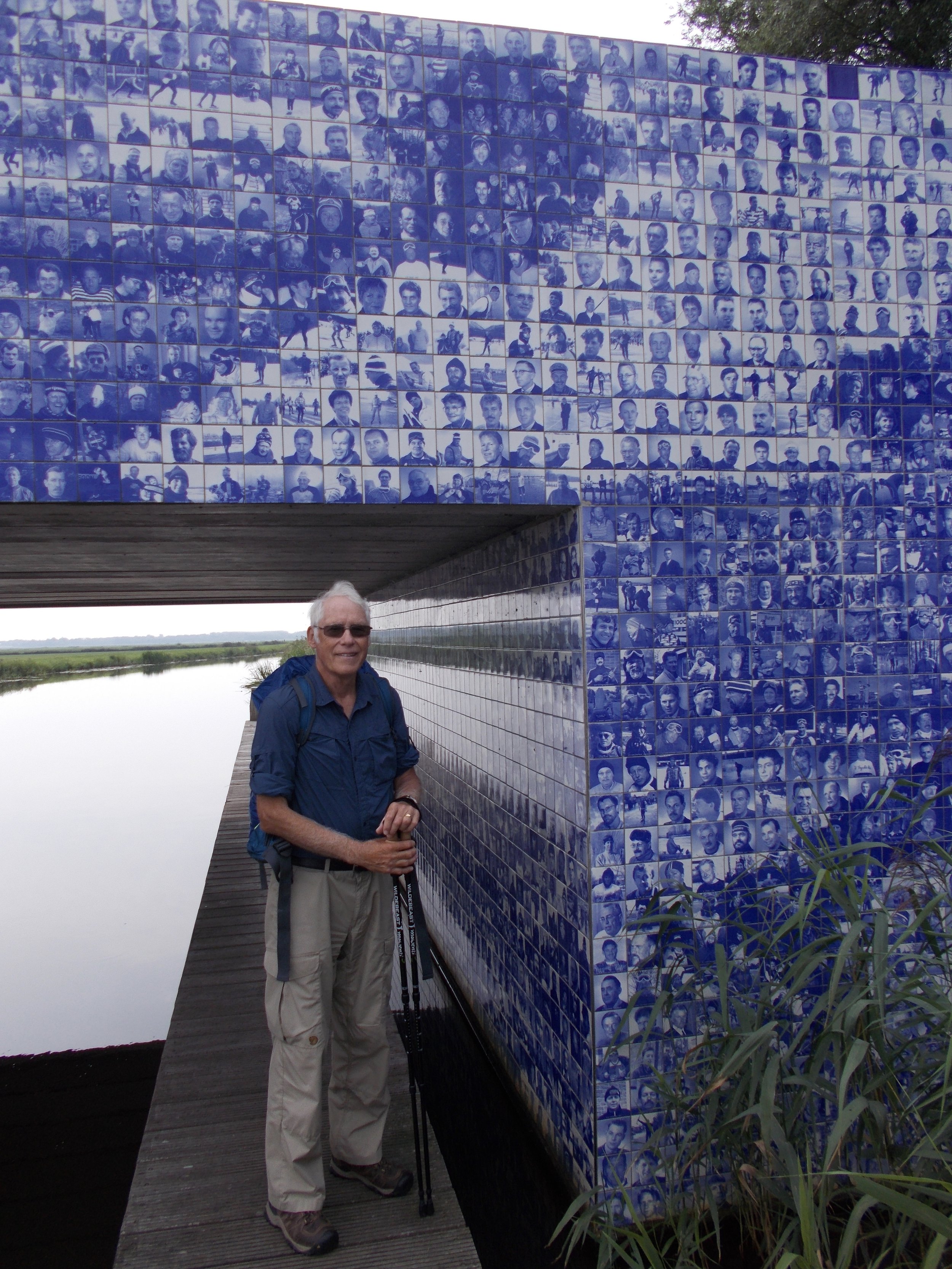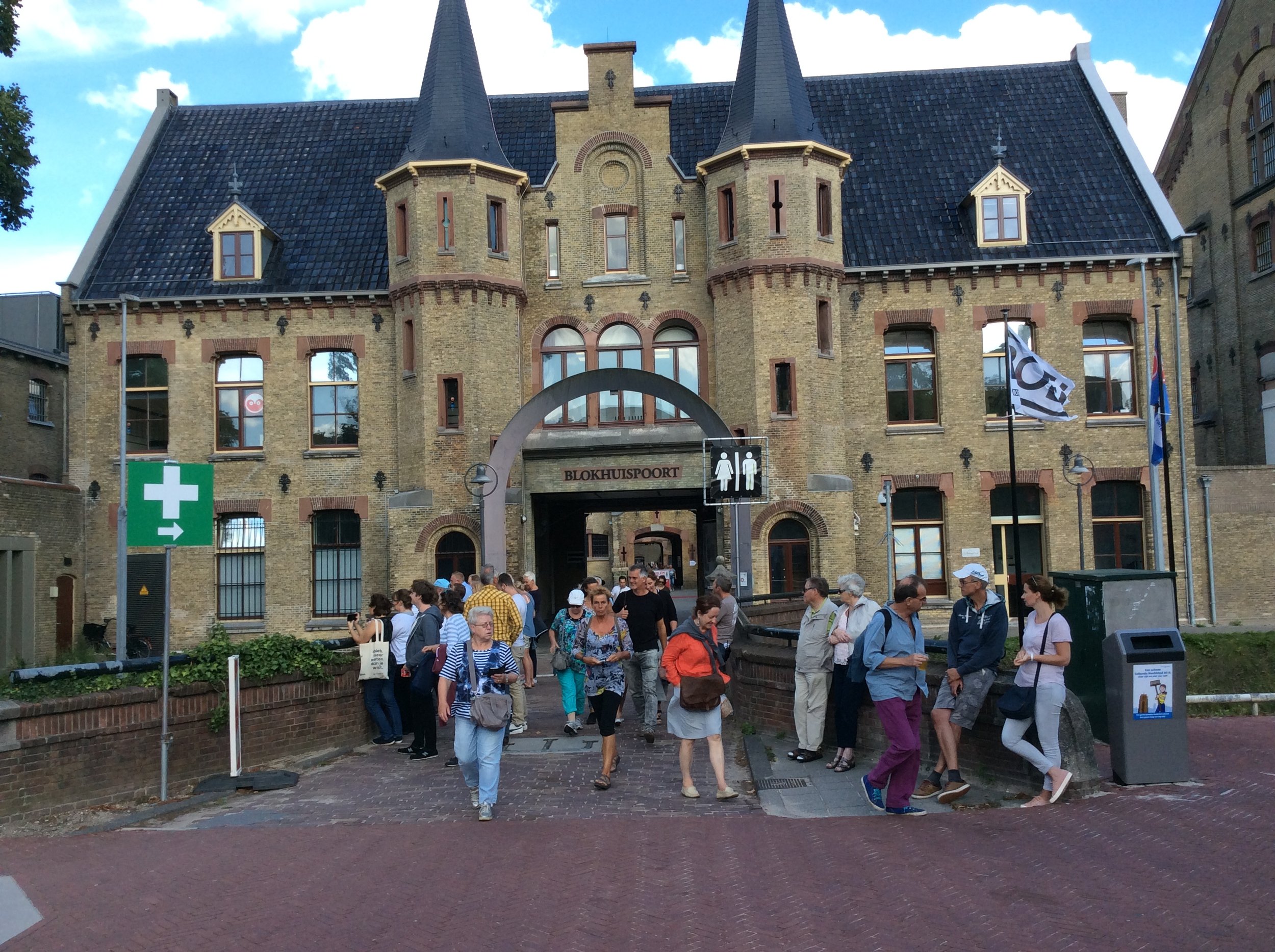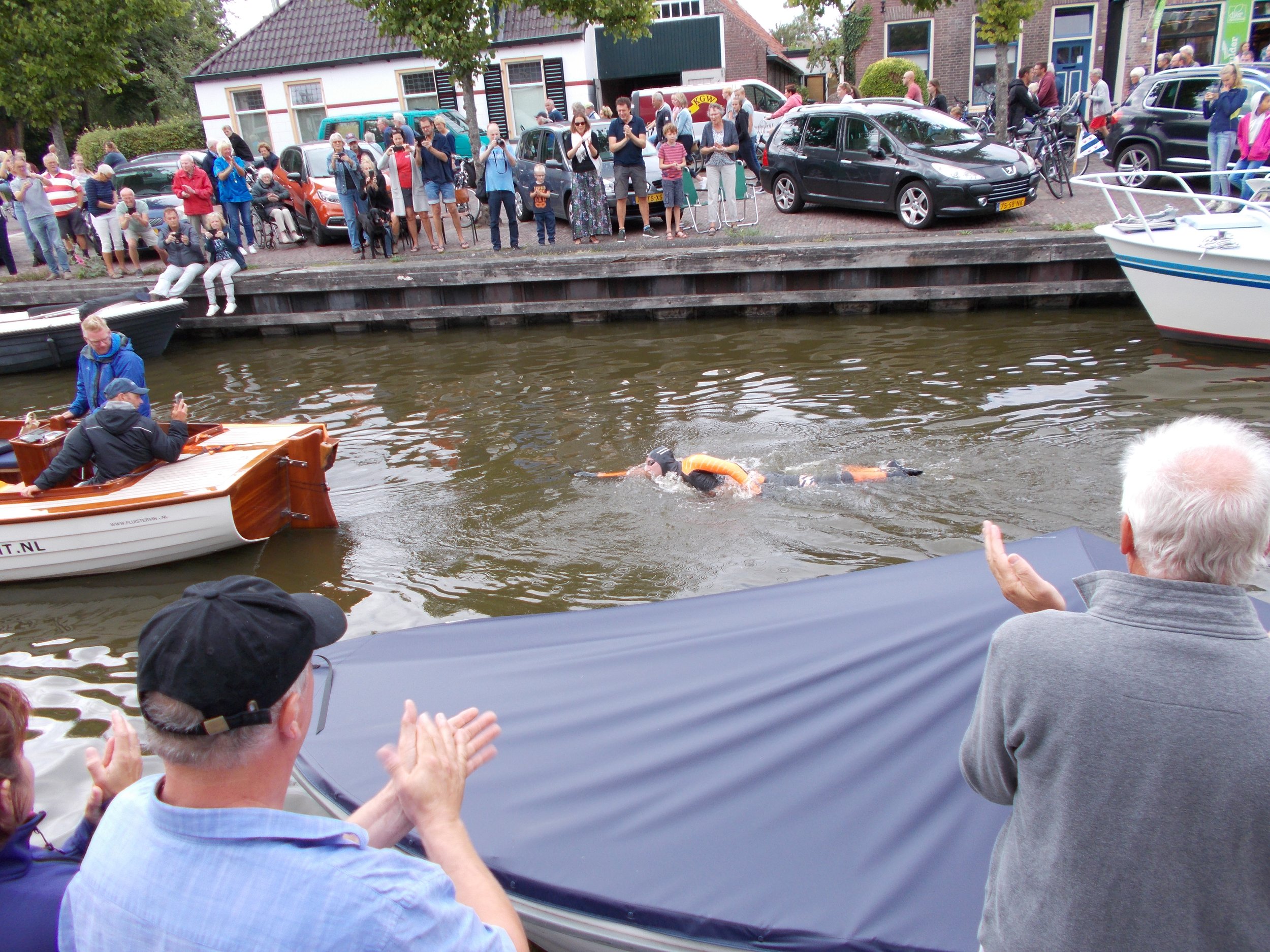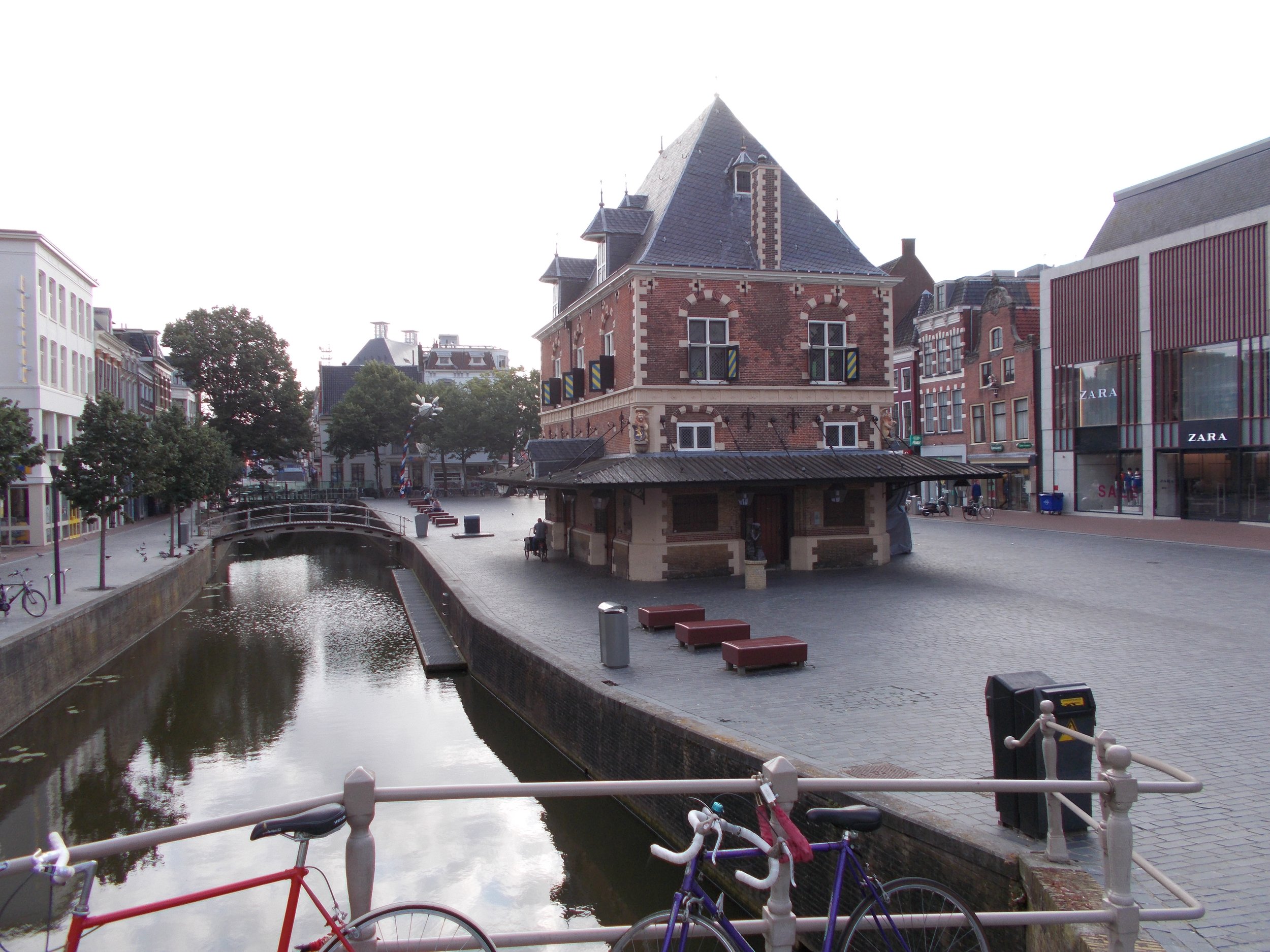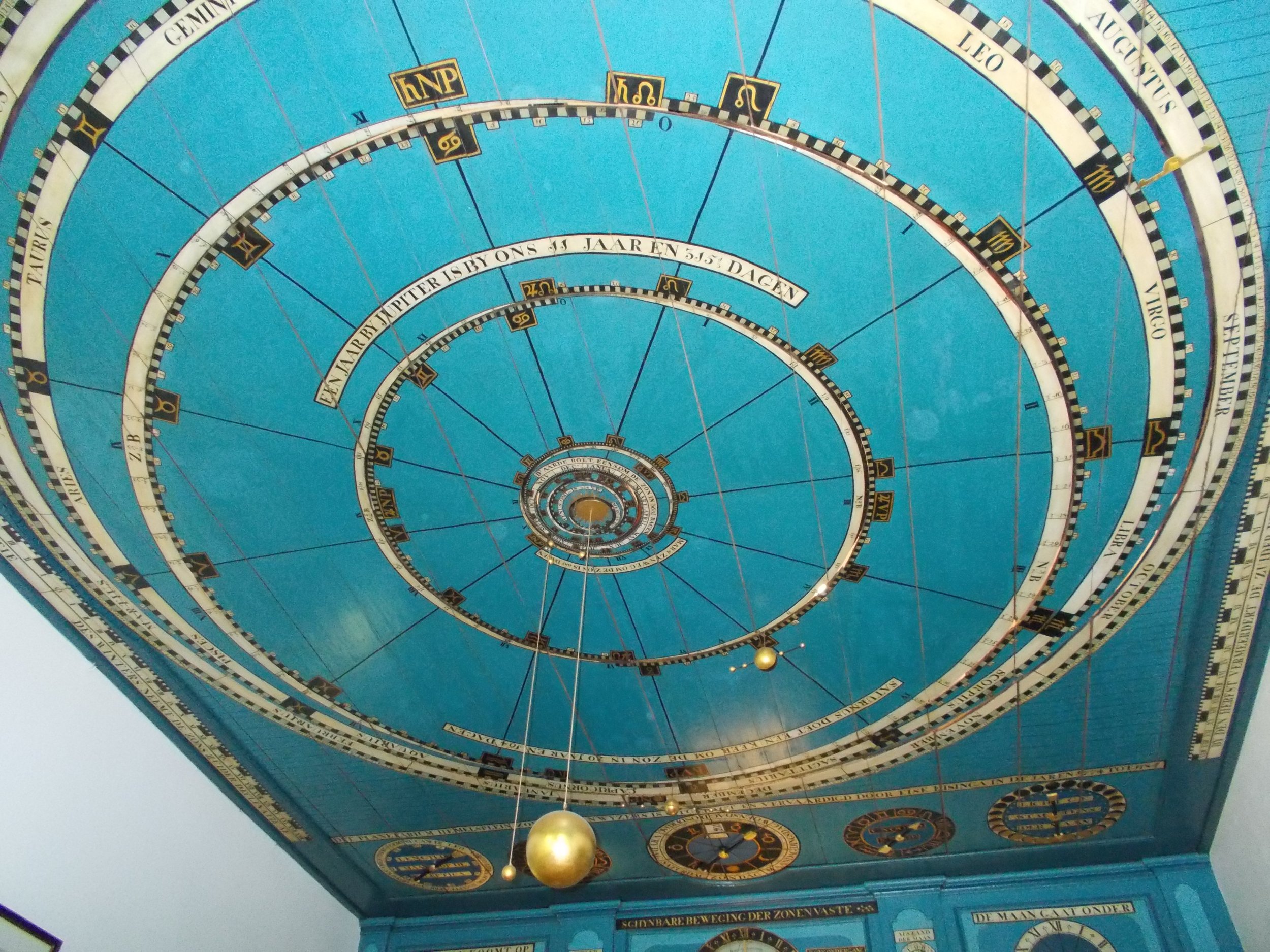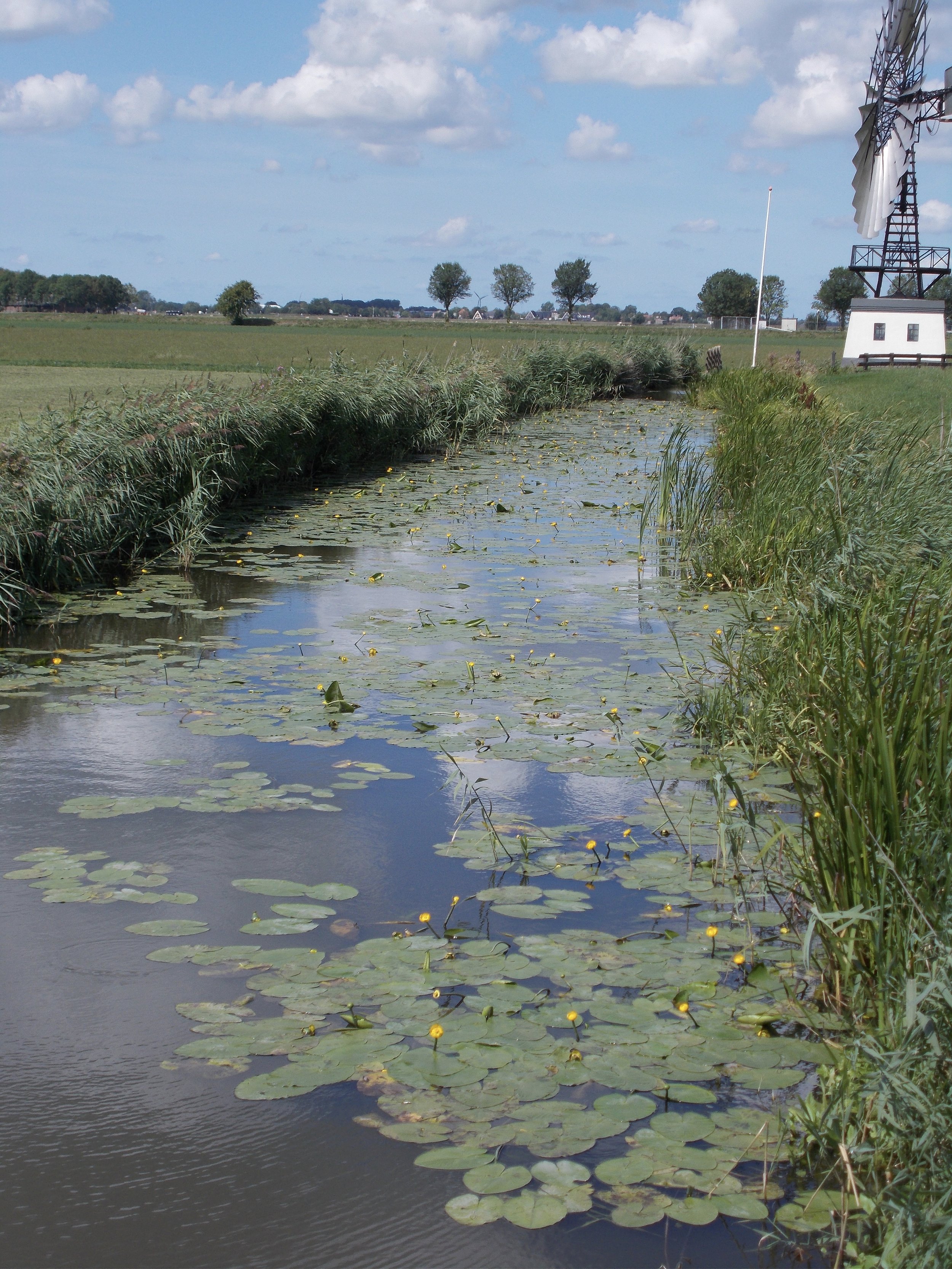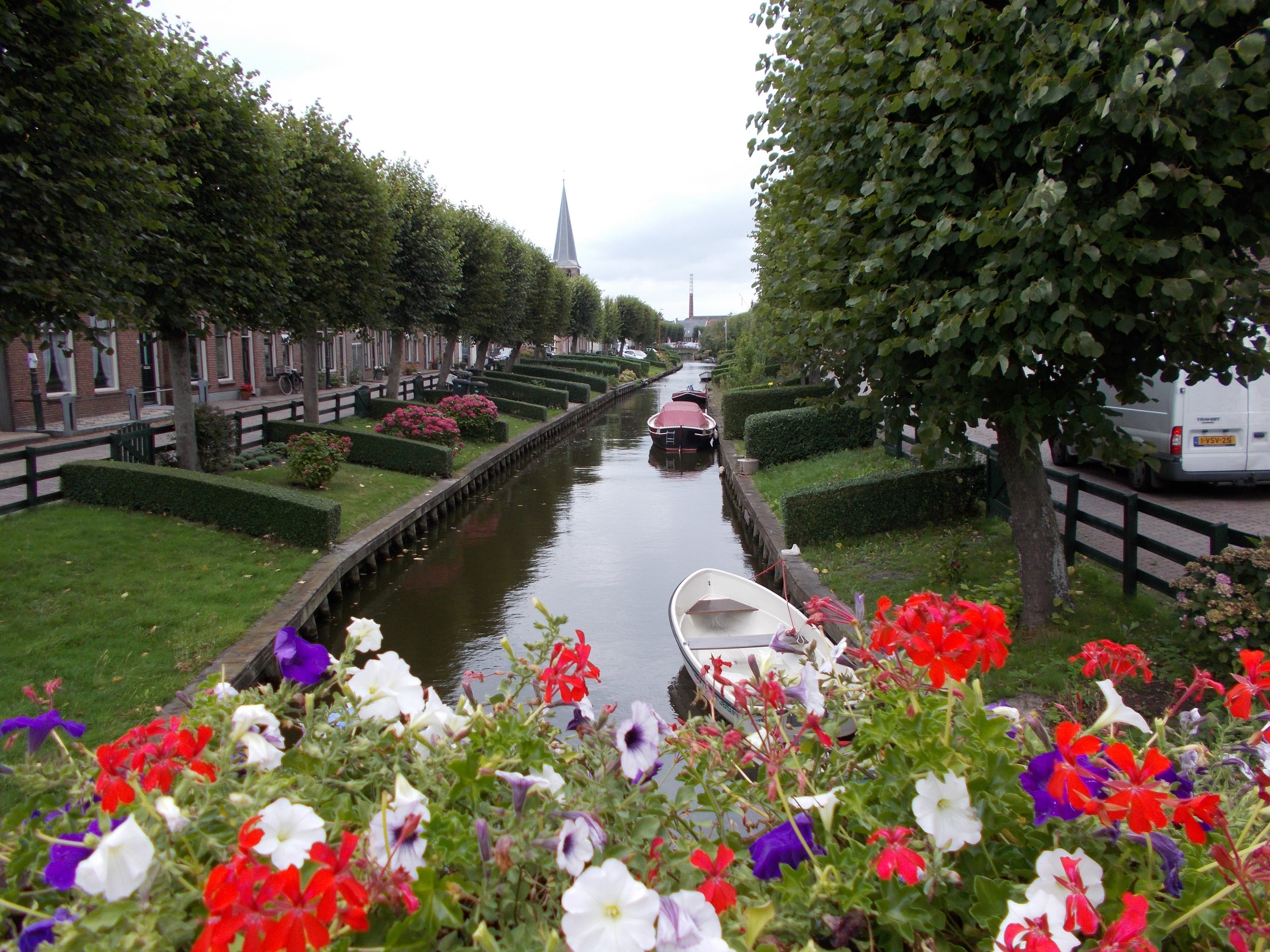The Elfstedentocht (Eleven cities tour) is a historic long-distance tour skating event, almost 200 kilometres (120 mi) long, which is held both as a speed skating competition (with 300 contestants) and a leisure tour (with 16,000 skaters!). It is held in the province of Friesland in the north of the Netherlands, leading past all eleven historical cities of the province. The tour is held at most once a year, but only when the natural ice along the entire route is at least 15 centimetres (6 in) thick; sometimes on consecutive years, other times with gaps that may exceed 20 years if the winter is not cold enough. When the ice is suitable, the tour is announced and starts within 48 hours. As a child, I remember that skating tour being legendary, almost mystical.
There has been mention of skaters riding to all eleven cities of Friesland on one day since 1760. The Elfstedentocht was already part of Frisian tradition when, in 1890, Pim Mulier conceived the idea of an organized tour, which was first held in 1909 when 22 men competed. After this race, the Vereniging De Friesche Elf Steden (Association of the Eleven Frisian Towns) was established to organize the event.
Hiking in my father’s skate tracks
The winters of 1939/40, 1940/41 and 1941/42 were particularly severe, with the race being run in each of these years. The 1940 race, run three months prior to the German invasion of the Netherlands, saw over 3,000 competitors start at 05:00 on 30 January, with the first five finishing at 16:34. The event dominated the front pages of Dutch newspapers.
The Elfstedentocht of 1963 became known as "The hell of '63" when only 69 of the 10,000 participants were able to finish the race, due to the extremely low temperatures of -18 °C, powder snow and a harsh eastern wind. Conditions were so horrendous that the 1963 winner, Reinier Paping, became a national hero, and the tour itself even more legendary. Paping could not make out the finishing line as he was snow blind by the end of the race, and many of the contestants had frostbite, broken limbs, and damaged eyes.
My dad participated five times in the tour (’29, ’33, ‘39, ‘40 and ‘41). I don’t know how many of those he finished, but we have several ‘kruisjes’, the medal given to those who finish the tour in one day. His achievement is also commemorated in a blue tile bridge of skaters.
In 2017 the NIVON, the Dutch organization that develops and manages long distance paths in The Netherlands, announced the creation of the Elfsteden Path as hiking trail. It follows as closely as possible the route the skaters take, but since even the Dutch cannot walk on water (despite wearing wooden shoes), the land route is considerably longer: 285 kilometers.
A repurposed jail
The terrain is beautiful, although somewhat monotonous, flat, wide open spaces, lots of canals, rivers and large lakes. The Montana car license motto “Big Sky Country” would apply equally well to Friesland.
So how do you start a 300 km hike? Well, you start with 1 step at a time. I (Kees) arrived in Leeuwarden, the 2018 Cultural Capital of Europe. There I visited the M.C. Escher Museum and saw a parade of 15 meter tall giant marionettes. And stayed overnight in jail! An old jail has been converted to youth hostel - The Alibi Hostel - so you did get your own key to you own personal jail cell. Bars on the windows, heavy metal doors that closed behind you with a thud and a lock would fall in place with a grinding noise…
Dutch bakeries are the best in the world, so I had delicious croissants and strong coffee for breakfast and was ready to hit the road, or the trail in this case.
The start of the trail is on the edge of downtown Leeuwarden at a statue of a skater. As I would discover in the following days and weeks, the route uses existing roads and bike paths for probably 90% of the time, which means that you end up walking on pavement or concrete most of the way, which I find hard on my feet.
The landscape in western Friesland is interesting, but somewhat monotonous. Wide open spaces, green fields, either with cows or agriculture, mostly corn for cattle feed during the winter. But also numerous creeks, rivers, canals, lakes and other bodies of water. No wonder this type of terrain invites skaters during cold winters. The 300 km are roughly divided into daily distances of 18 to 25 km. Not a problem, but I quickly discovered that because of Dutch summer holidays it was difficult to find overnight accommodations. As a result, on several occasions I had to take a bus or train to a city 25 km further down the route.
In addition to the original 200 km skating race there is also a 250 km biking route and now the 300 km hiking route. And while I hiked the first 2 days, a Dutchman, who happens to be an Olympic medalist open water swimming, swam the entire route without stopping. He did that to bring attention to the need for funding for cancer research and managed to raise over 4 million Euros during and after his swim. He did not quite make it the 200 km because after about 160 km a doctor ordered him out of the water because he had been swimming for 36 hours without a rest and it became dangerous. When I left Sneek on the third day of the hike he had passed by that city only an hour before me, the next city IJlst I was still only 15 minutes behind him and in the town of Balk that evening I finally caught up with him.
Beautiful historic towns
The 4th of the official eleven cities was Sloten, just like Leeuwarden, IJlst and Sneek these are 500-600 year old cities. Narrow streets, cute small houses along canals, definitely not made for today’s modern traffic. Food was easy to find, overnight accommodation remained difficult to find throughout most of the 15 days. The route between IJlst and Balk was boring, nothing but a long straight paved bike path. However, all part of the ‘fun’.
Finally, on the 5th day the terrain briefly changed from wide open green spaces to forest and different vegetation because the heavy clay that is predominant in Friesland (and most of the western and northern part of the Netherlands) changed to sand for just a short section of the route. A nice change from the hard wind that I had been fighting for several days. Finally the trail turned north and I had the wind in the back most of the time. Here the trail runs along the shore of the IJsselmeer, the former Zuiderzee. I hiked through some of the prettiest cities the entire route had to offer, Stavoren, Workum, Bolsward and Hindelopen. Then the trail moved back inland and Franeker was the next city. It is famous for the 300 year old planetarium, the oldest still in operation planetarium in the world and well worth a visit.
After Franeker the trail took on its rather monotonous character again - nothing but cows, agriculture and huge wealthy farms. Three hiking days to get from Franeker to the11th of the cities: Dokkum. As I mentioned before, my dad had skated this tour five times in his life. I carried one of his medals with me the entire way and I wanted to experience this route because he had done it, albeit on skates. I knew it would not be the most beautiful route, but I did want to somehow experience something similar to what he had done 75 - 100 years ago. On the last day I walked into Leeuwarden and ended up in jail again. :-)
There are definitely nicer, prettier long distance hikes in The Netherlands, but I just had to do this one for nostalgic reasons. All together a great experience.
RESOURCES:
https://www.waterlandvanfriesland.nl/en/all-routes/422359448/elfstedenpad-hiking-trail-overview
Jail Hostel: https://alibihostel.nl/en/

